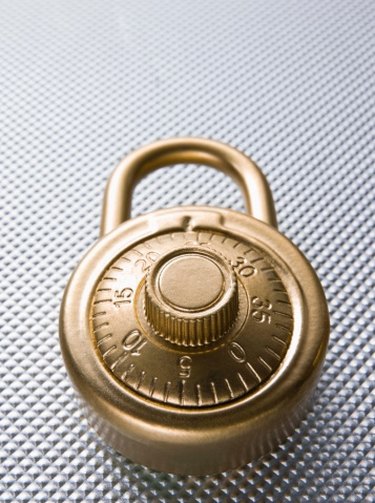Things You'll Need
Media blasting cabinet
Selection of various sized screens or filters
Bucket

To recycle abrasive blasting material such as baking soda, sand or walnut shells, keep the abrasive material in an enclosed environment. This means that in order to recycle the material, you must use a special blasting cabinet. That being said, you almost always can recycle abrasive materials to use again many times before the material is no longer adequate to strip rust and paint from hard surfaces.
Step 1
Collect the blasting material from the collection bin at the bottom of the blasting cabinet after you clean the item you wanted to media blast. All blasting cabinets incorporate a drawer or slide which dumps the spent material out of the cabinet. Position a bucket under the cabinet to collect the spent material when it drops.
Video of the Day
Step 2
Place a preselected screen over the top of a second, clean bucket. Use a screen or filter with minute holes to filter out materials such as baking soda or crushed walnut shells, and use a screen with larger holes to filter debris from coarse sandblasting media.
Step 3
Pour the spent blasting media through the screen and into the catch bucket. When you have fully screened the material, dump the debris screened out of the blasting media into the trash. Once screened, the blasting media is ready to be loaded into the media blasting reservoir to use again.
Tip
Because blasting media is typically made of natural sources such as sand or walnut shells, it is safe to dispose of after you have used it up beyond the point of recycling in your own back yard. Inspect to confirm that you removed all impurities, such as paint chips, and properly discarded it in the trash.
Video of the Day